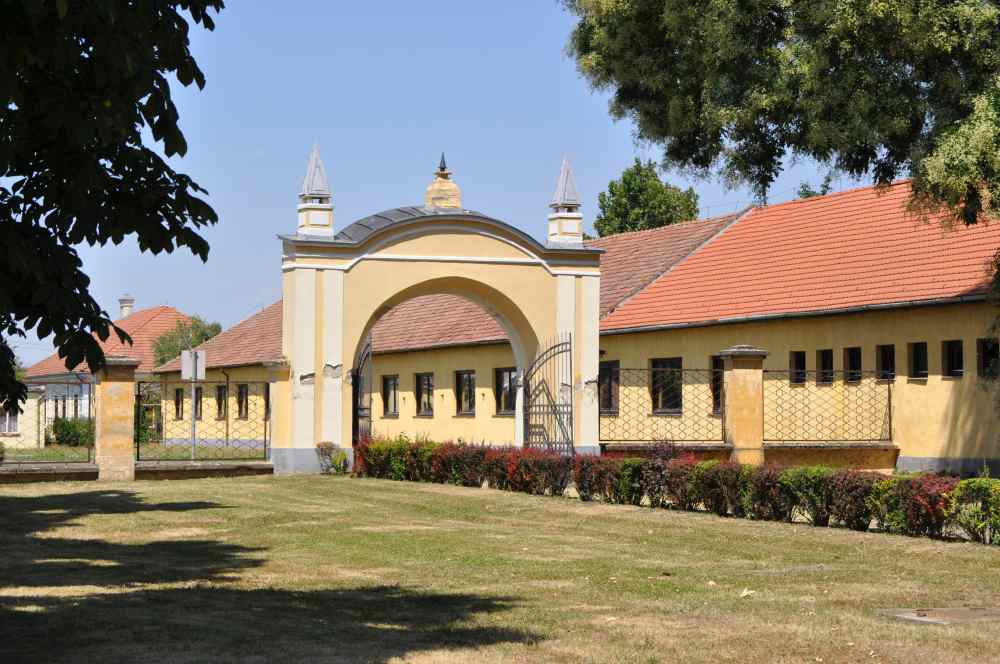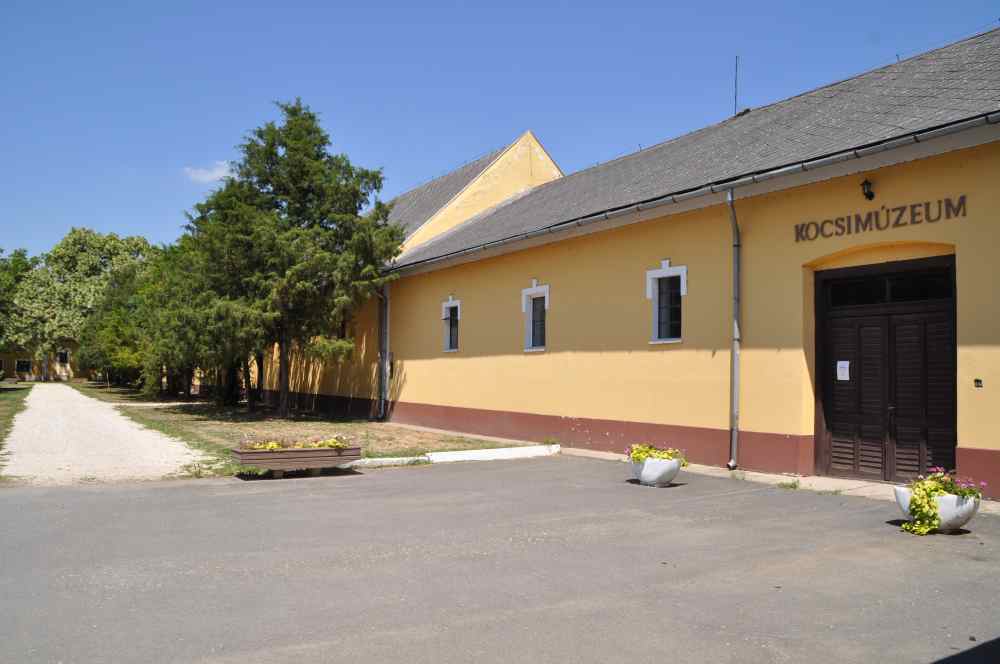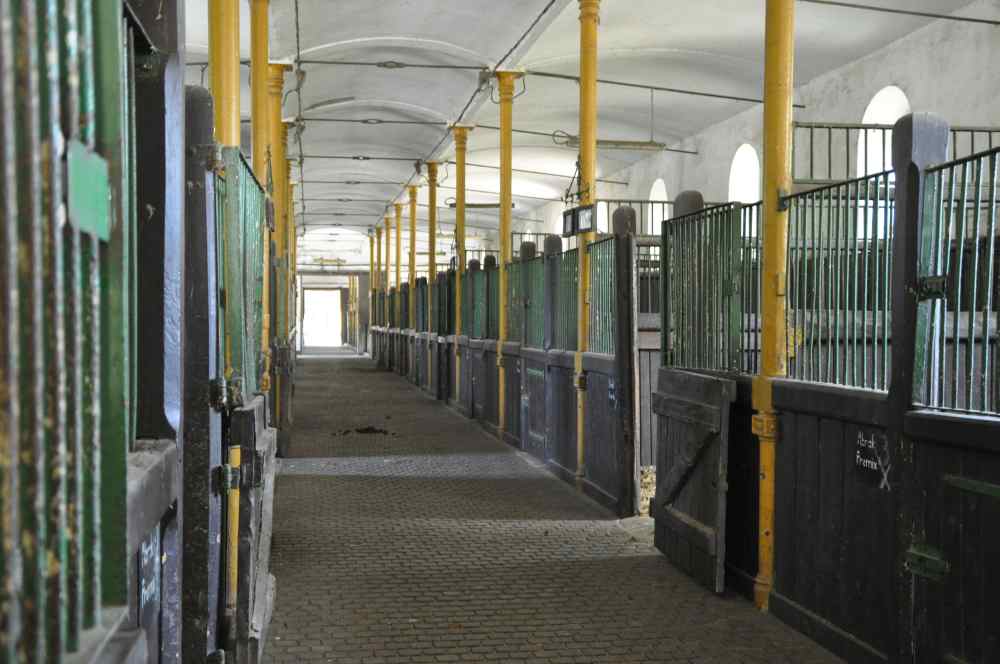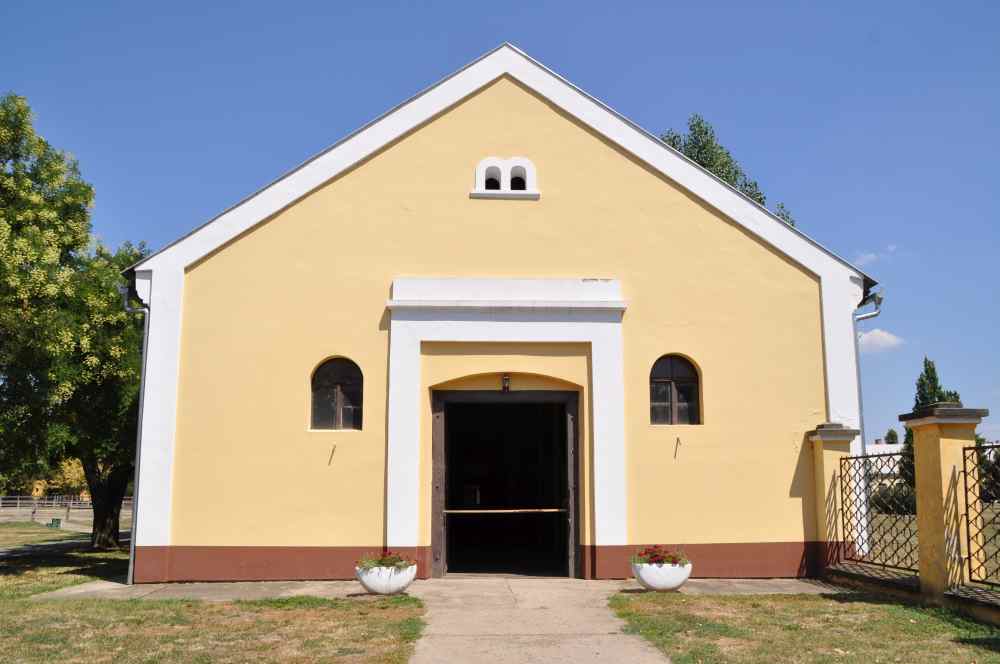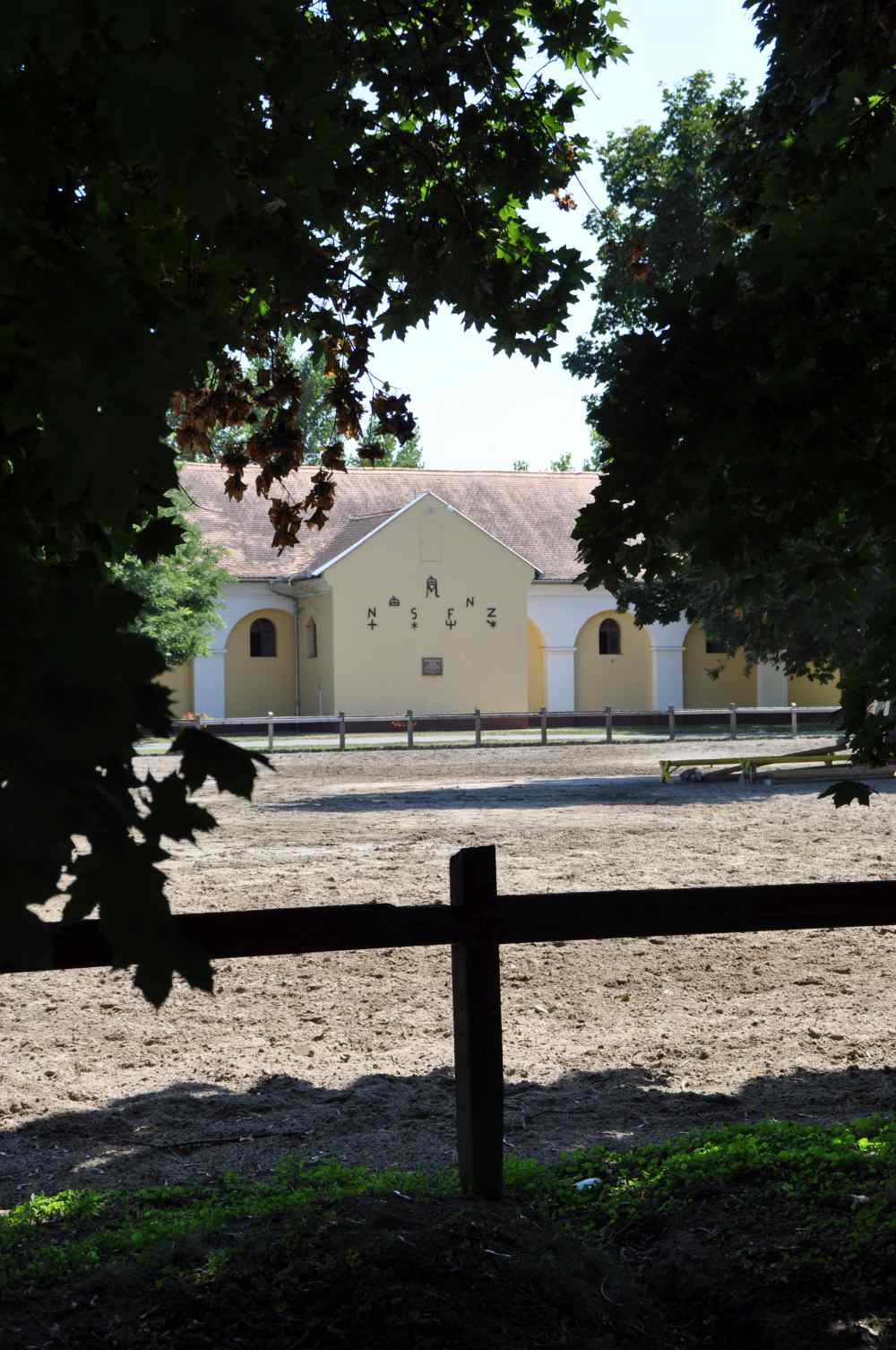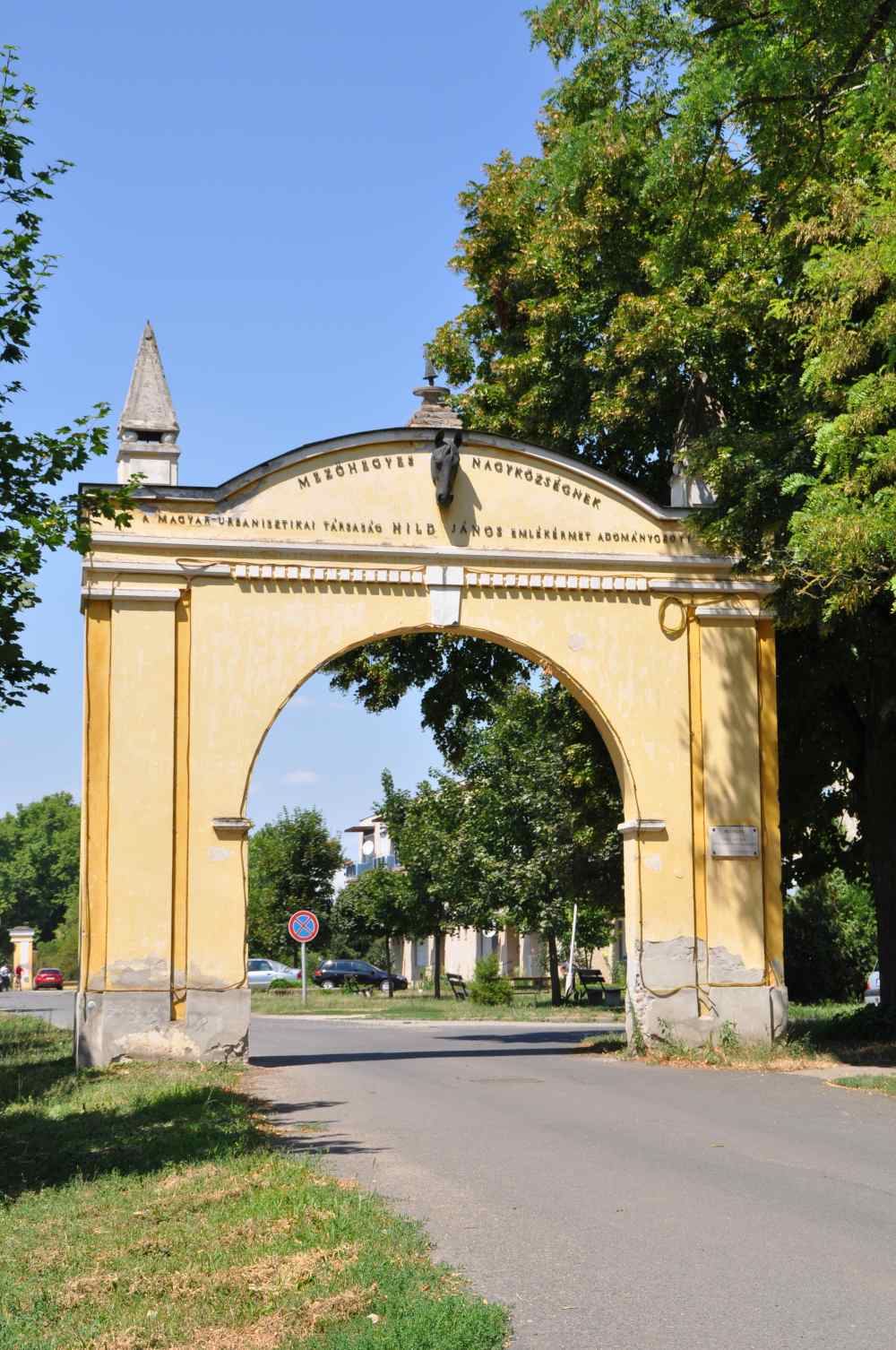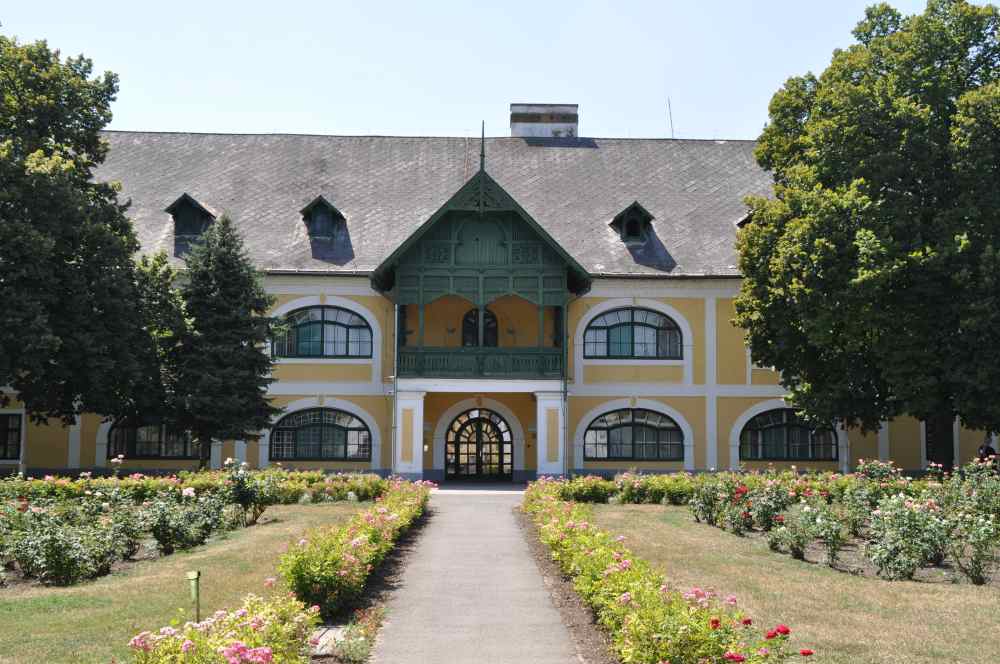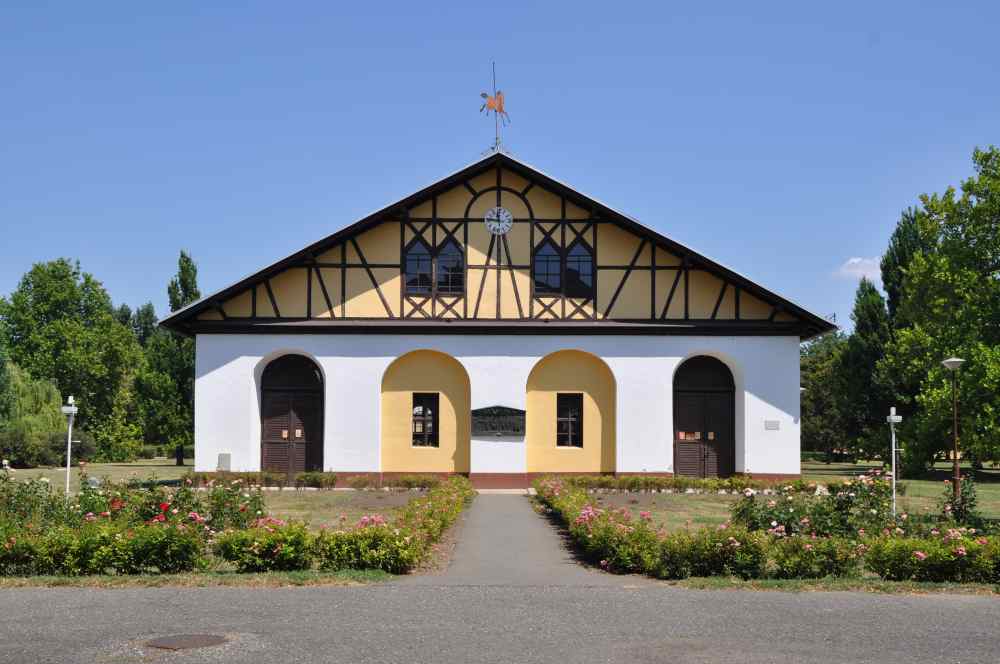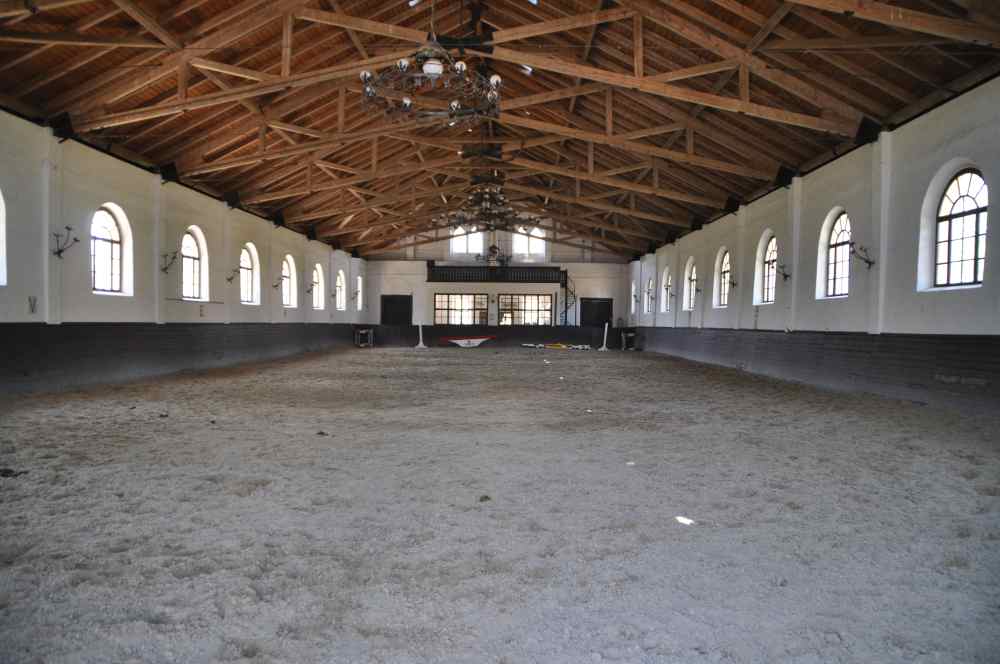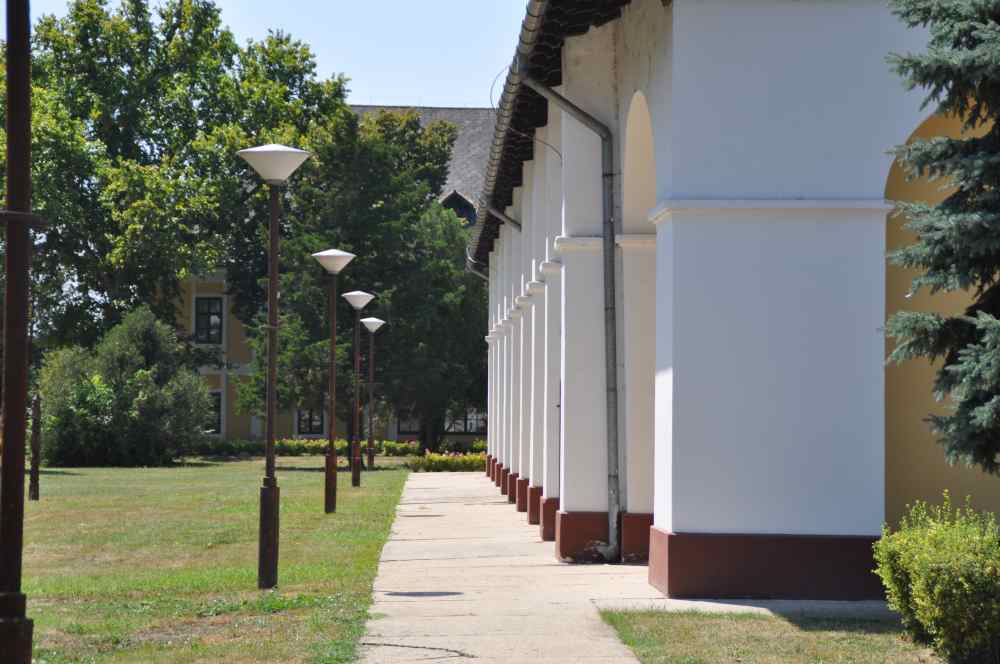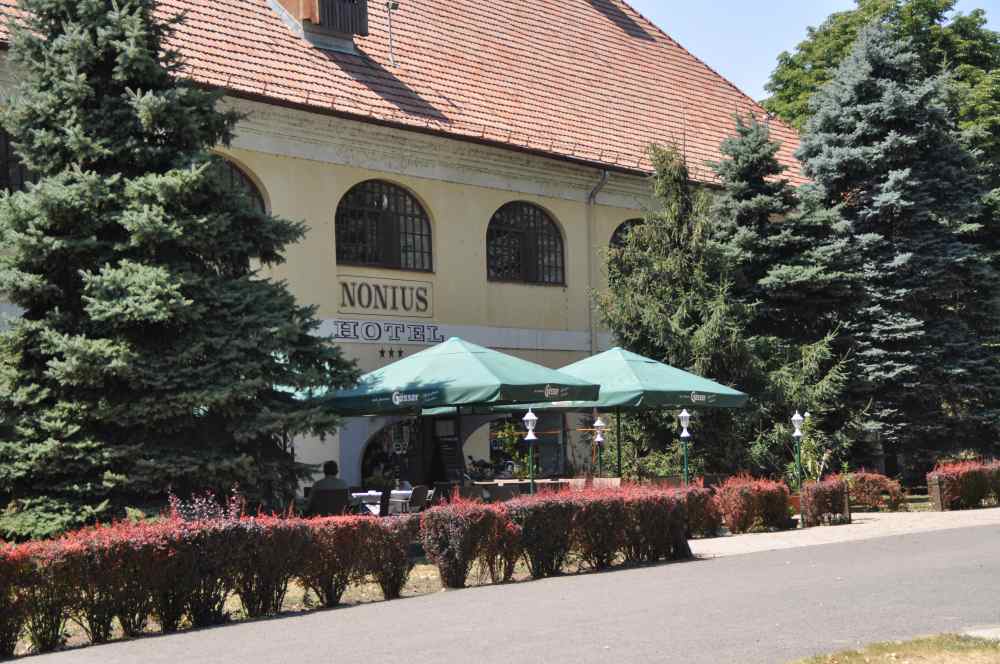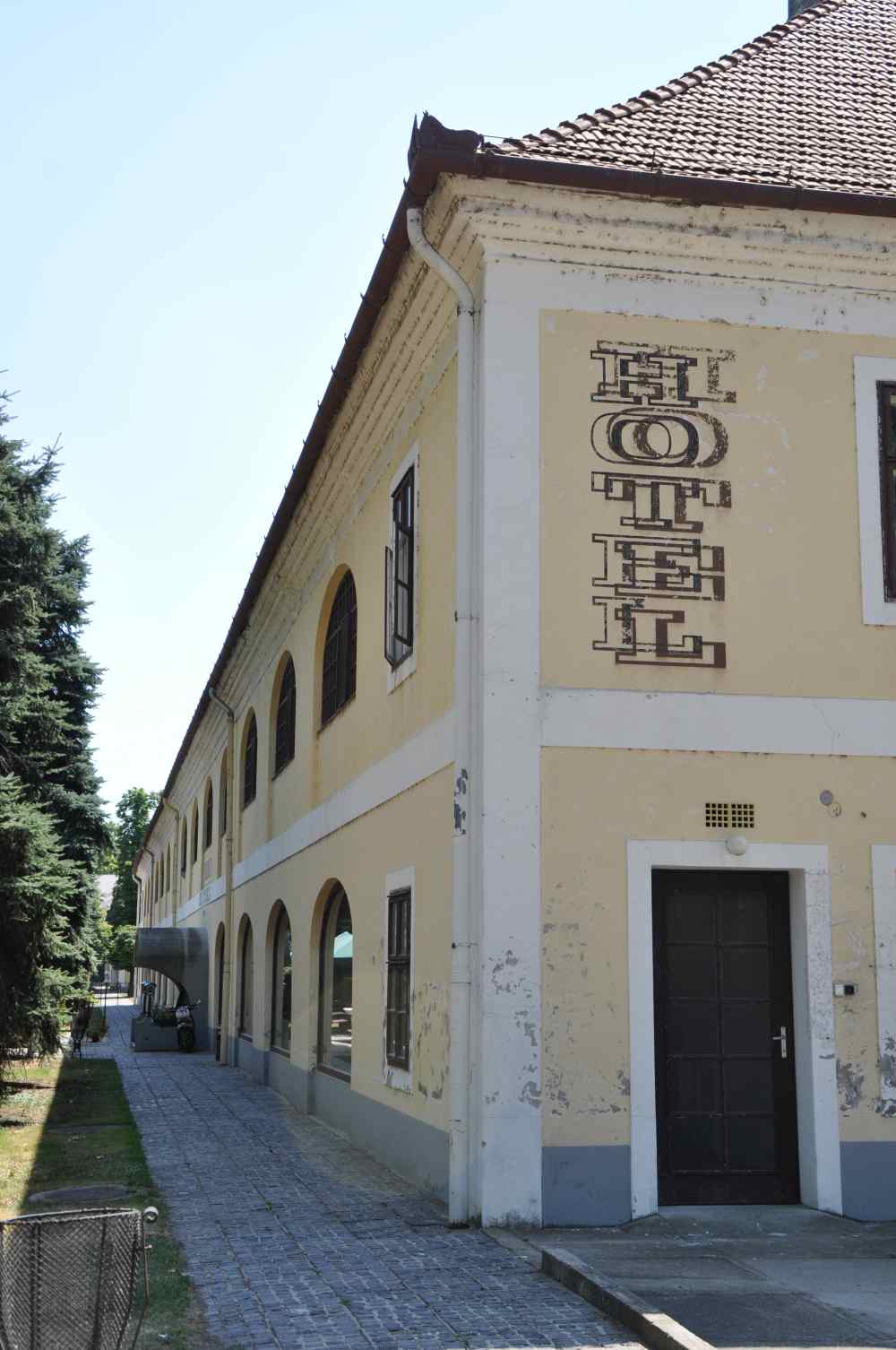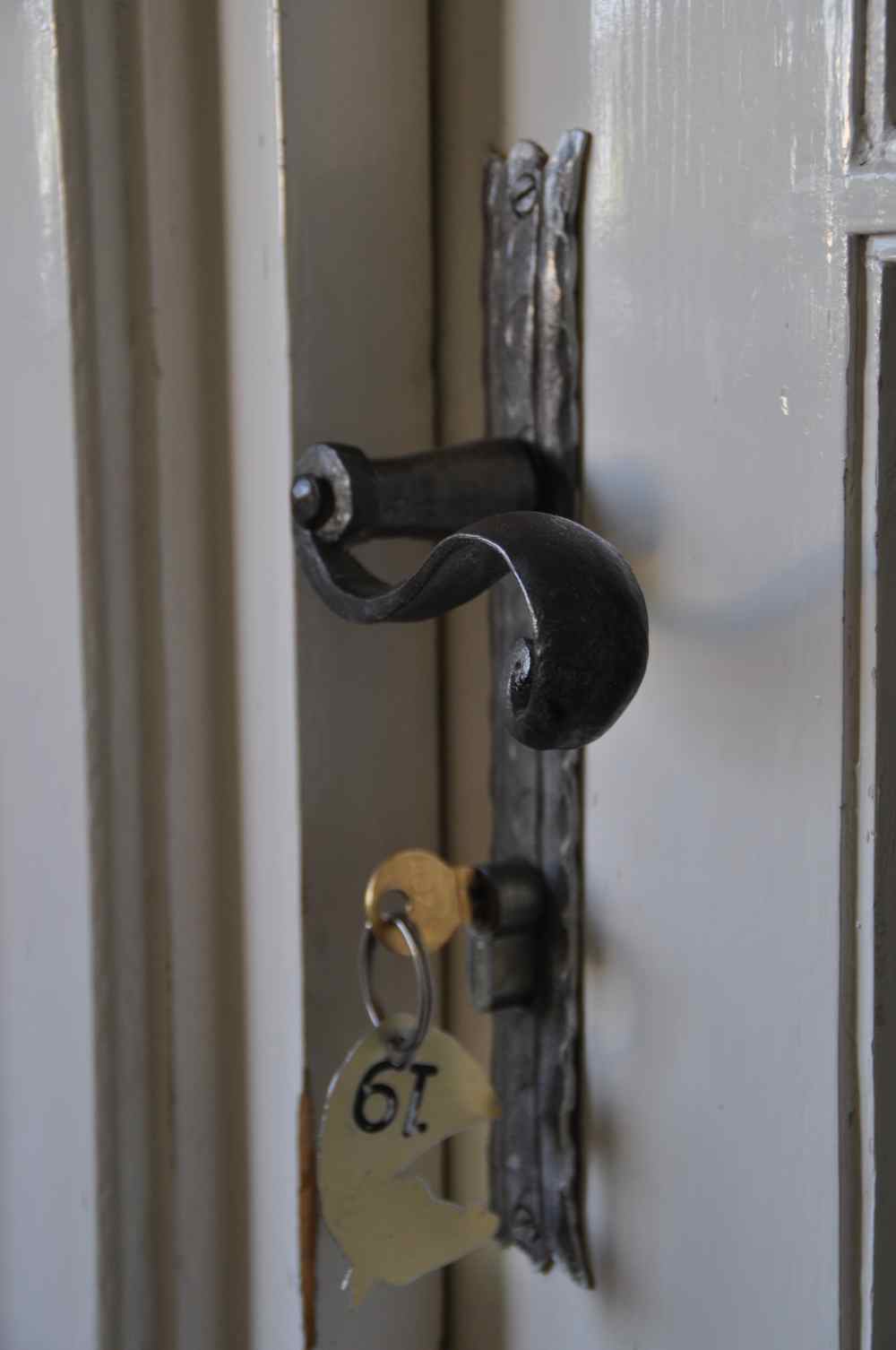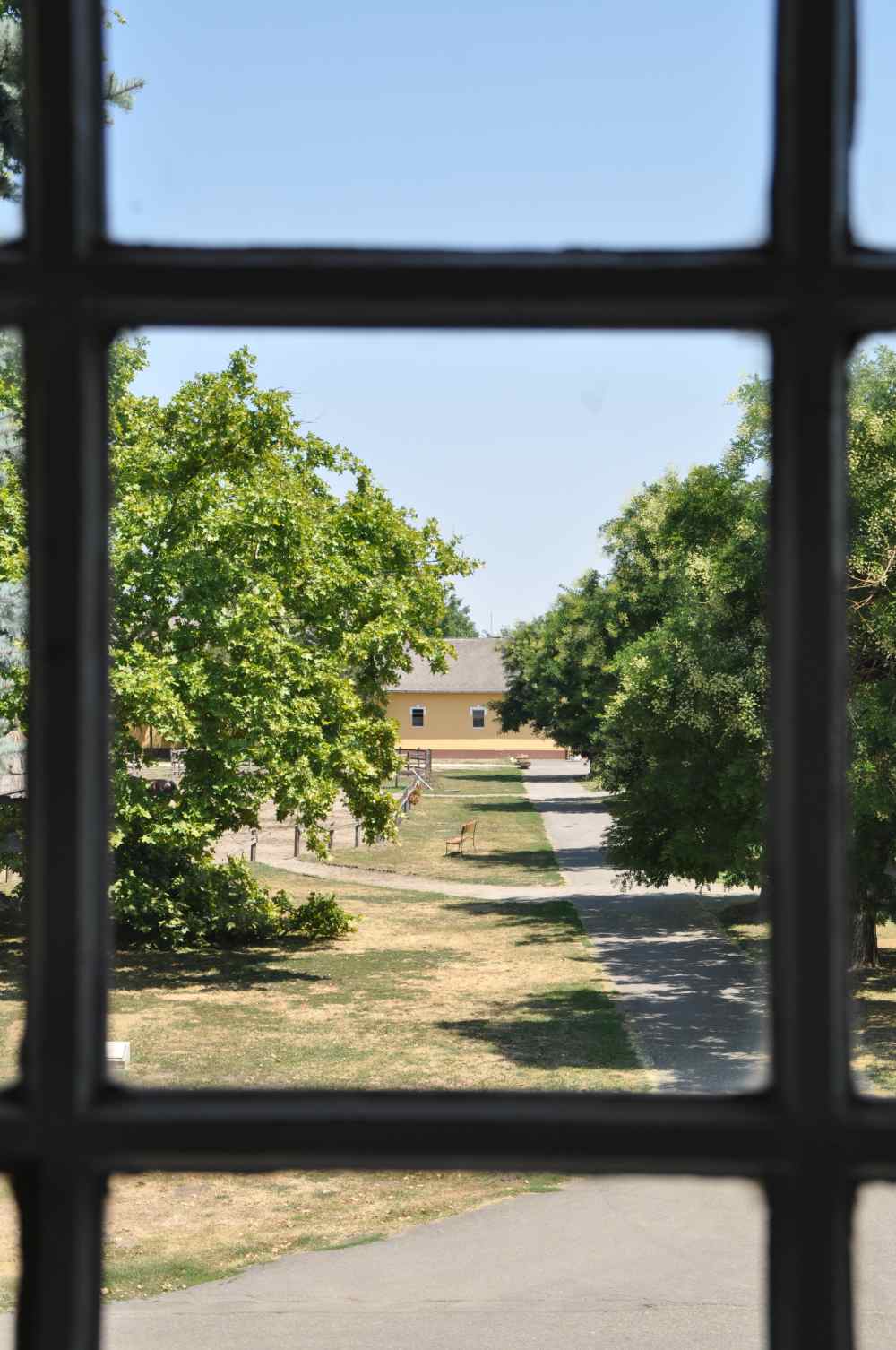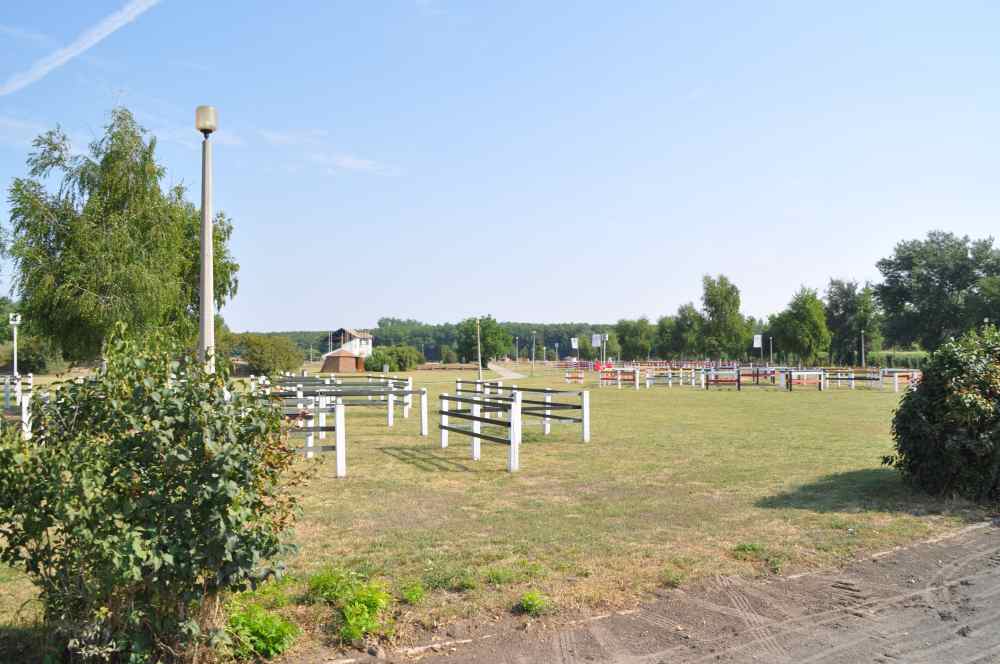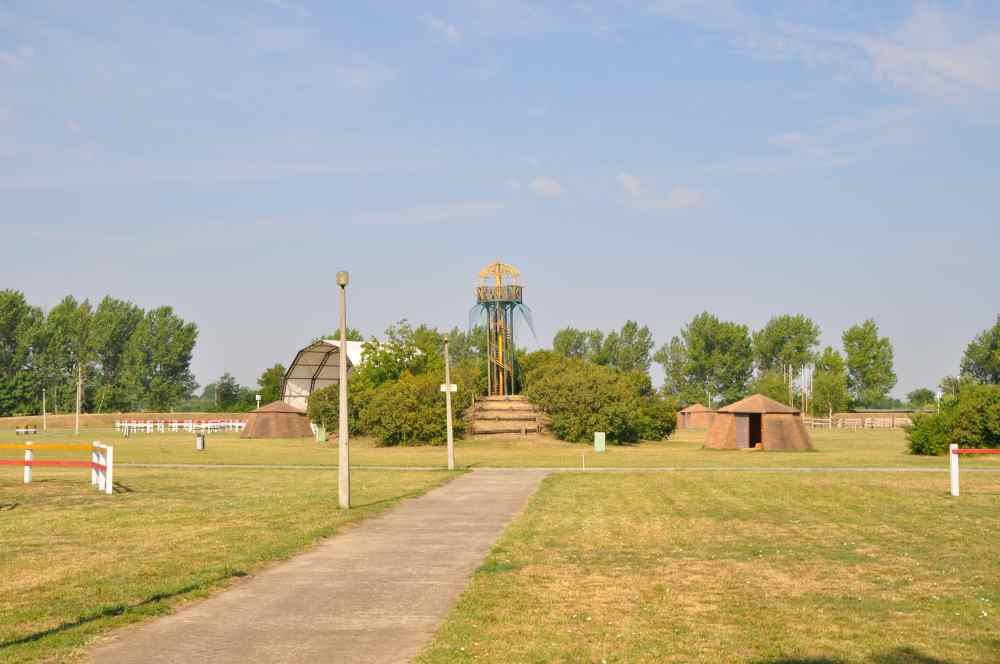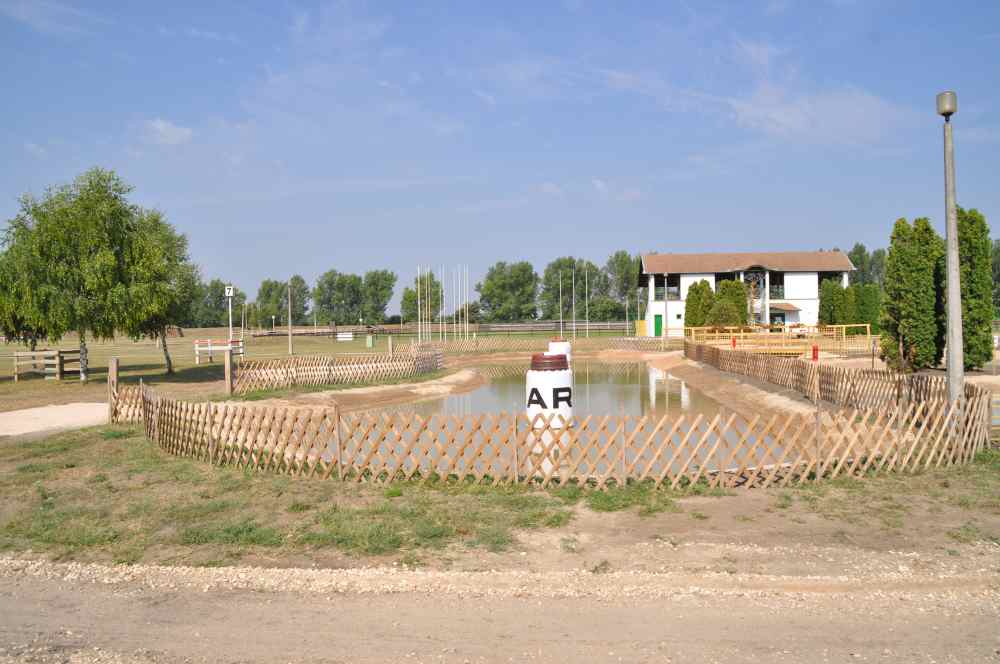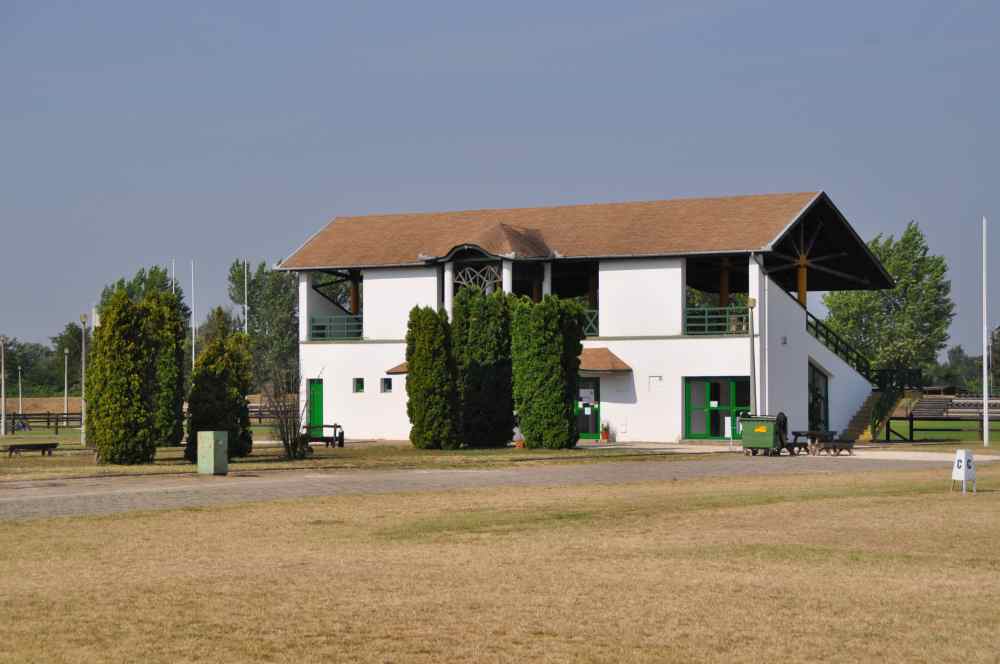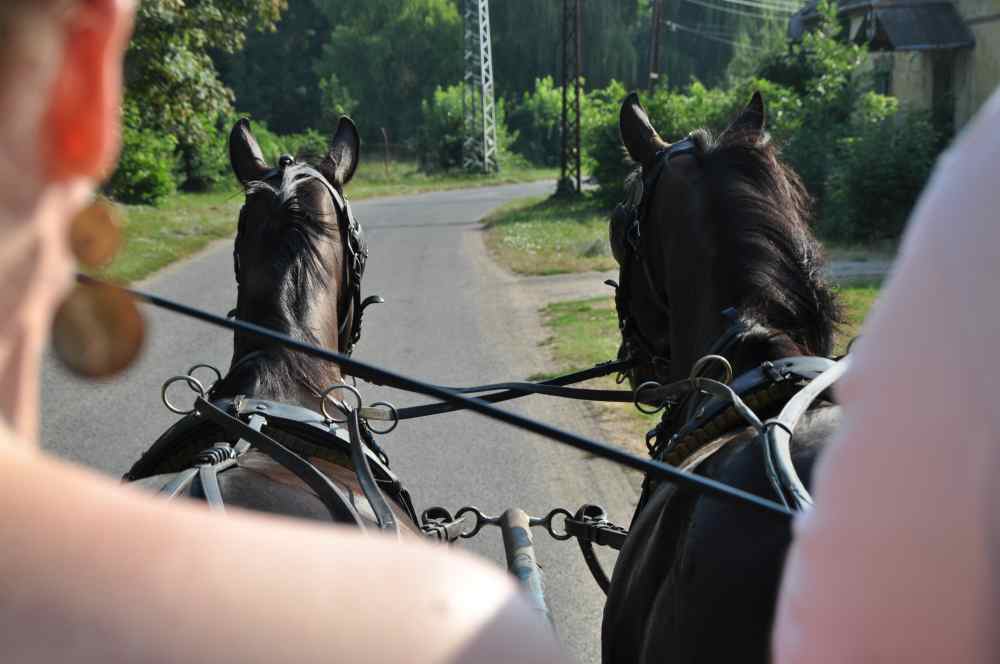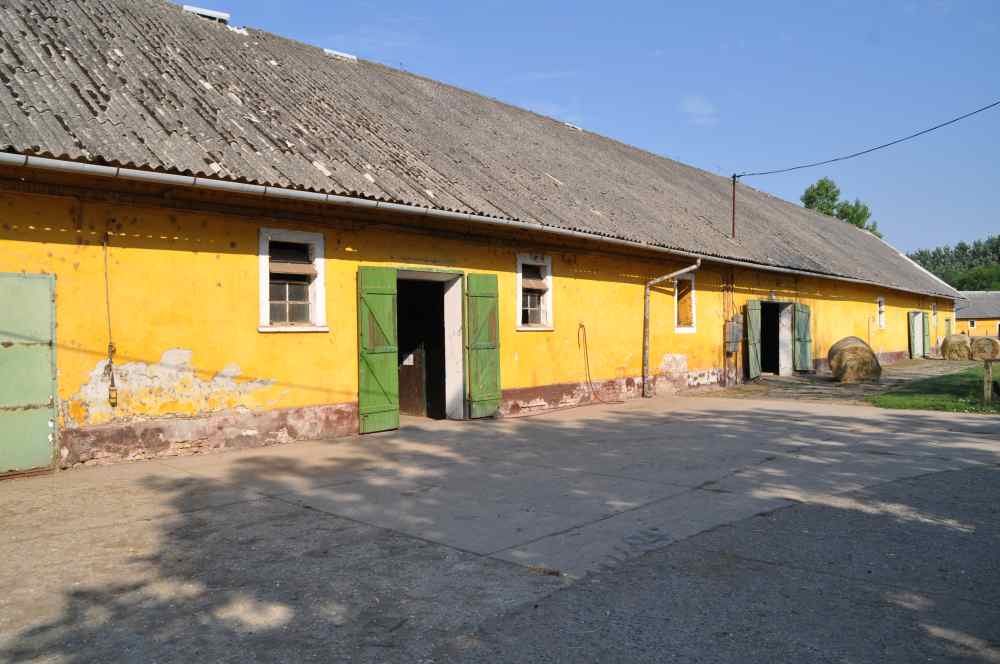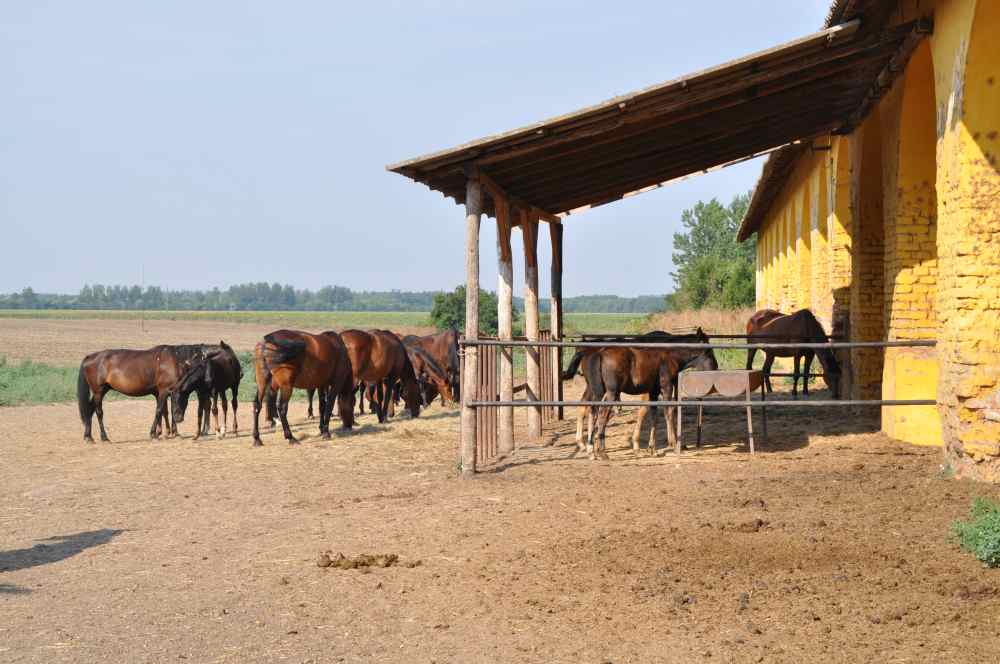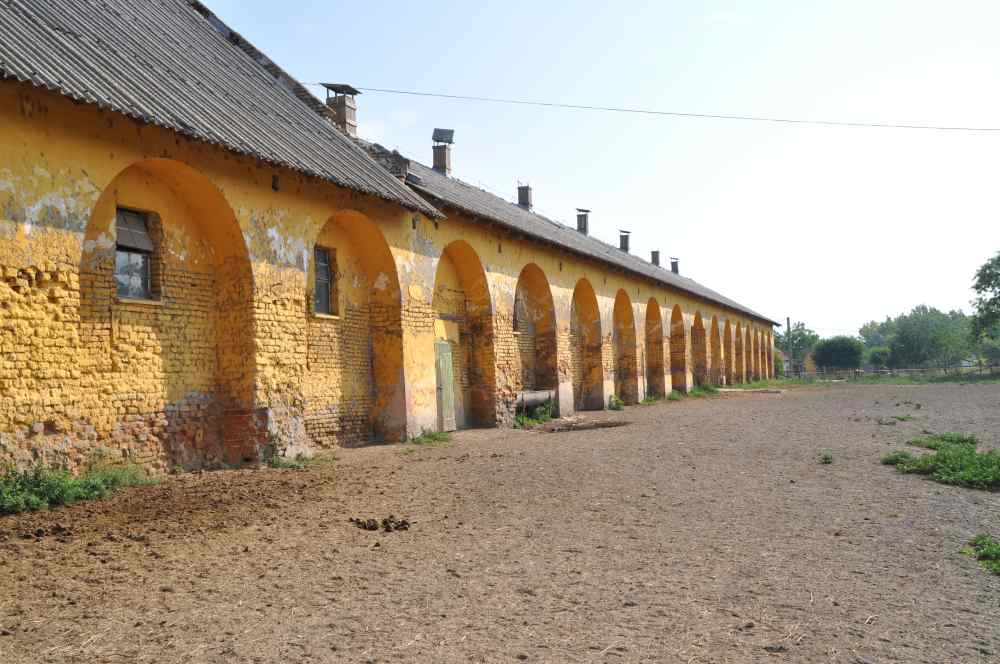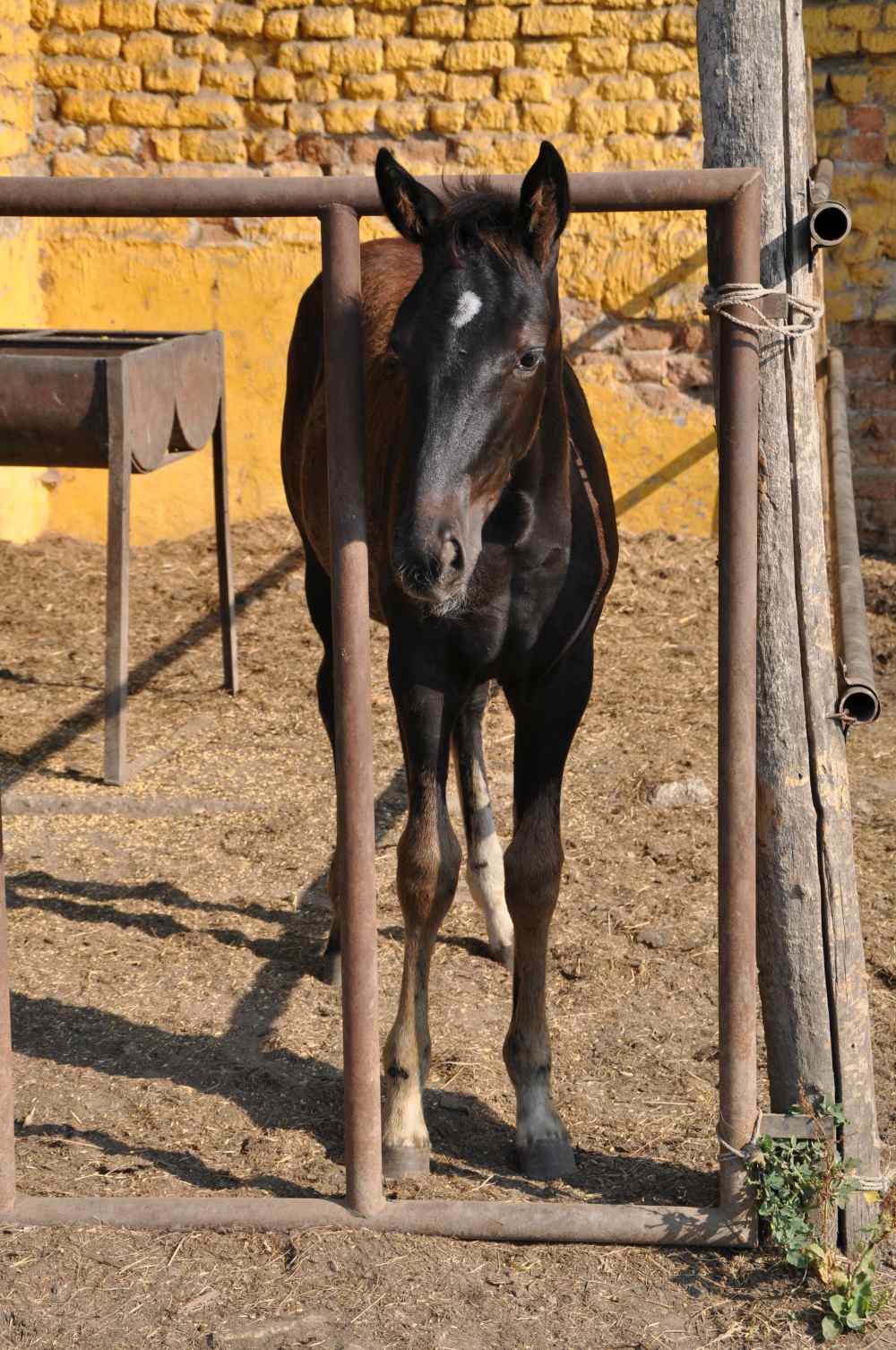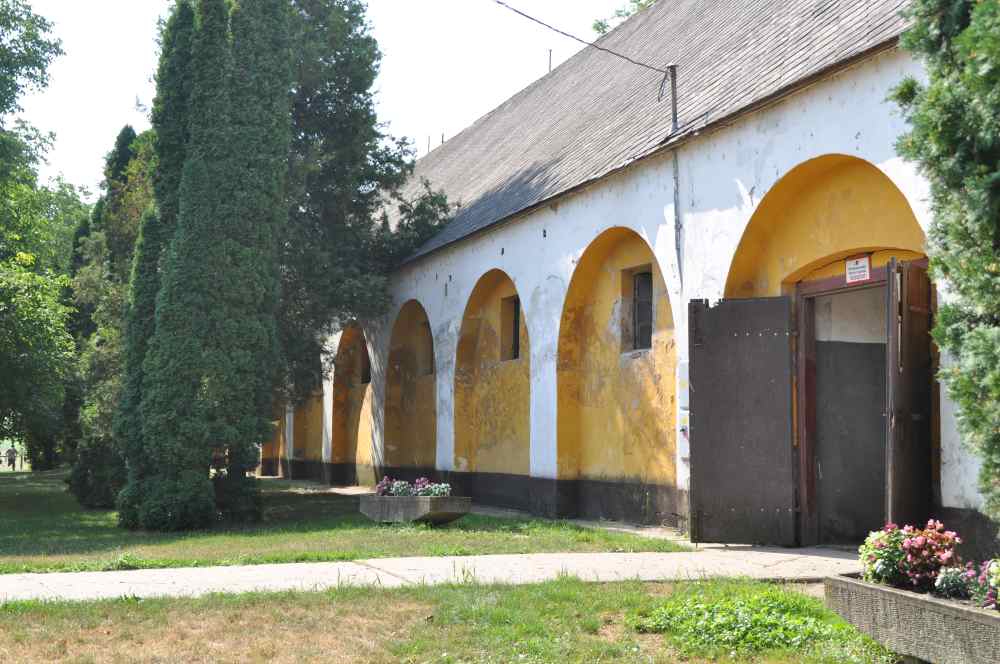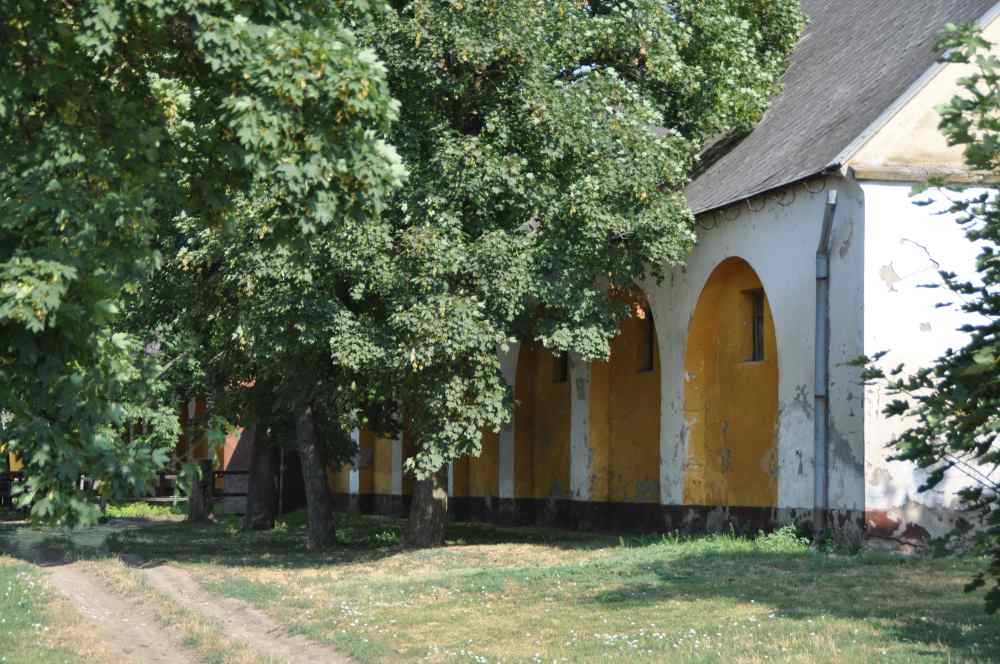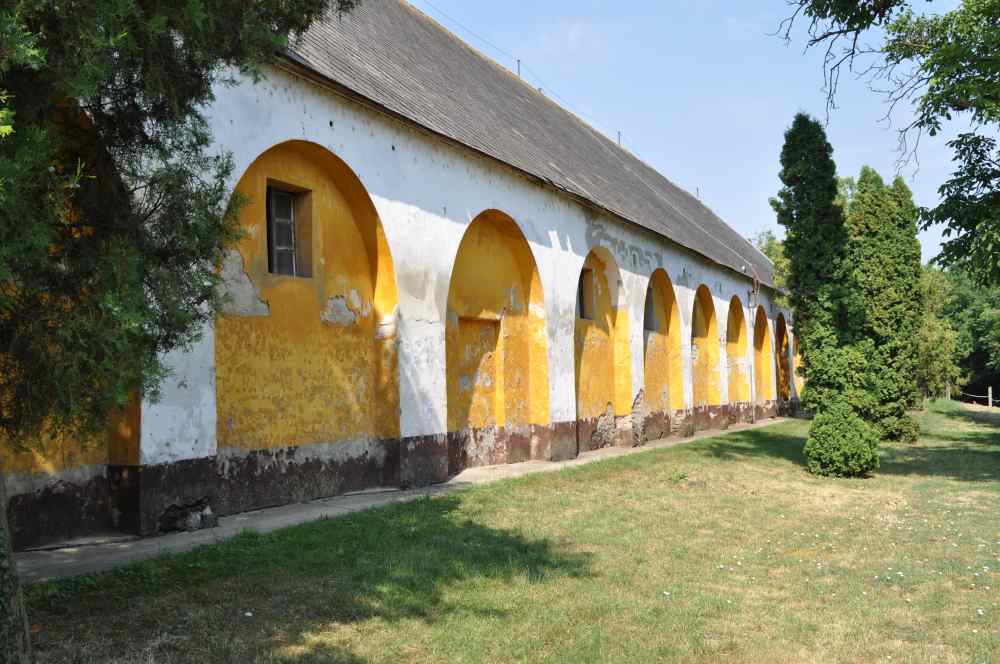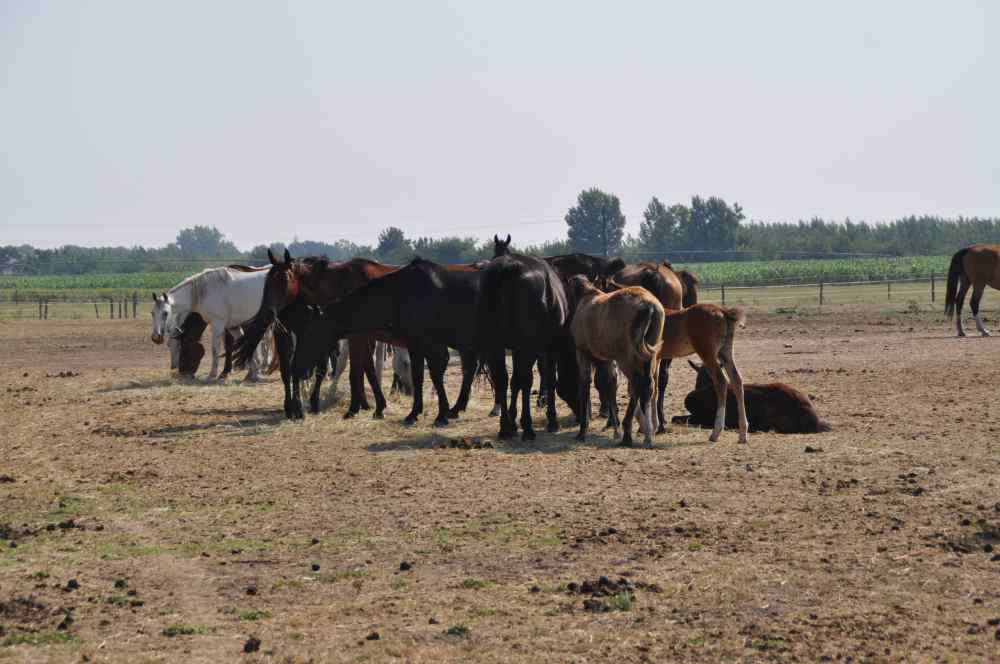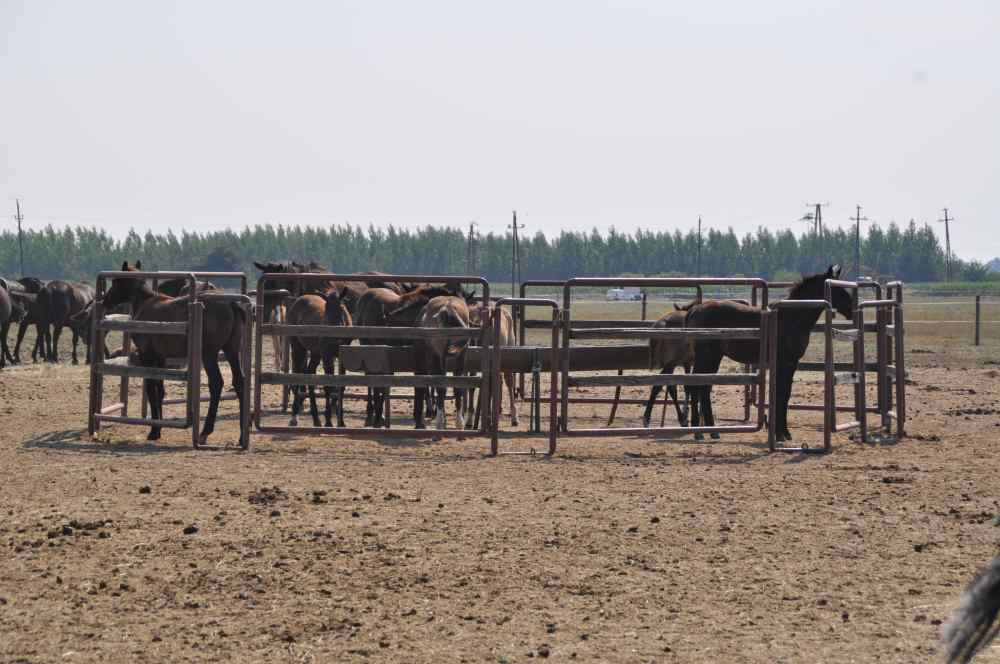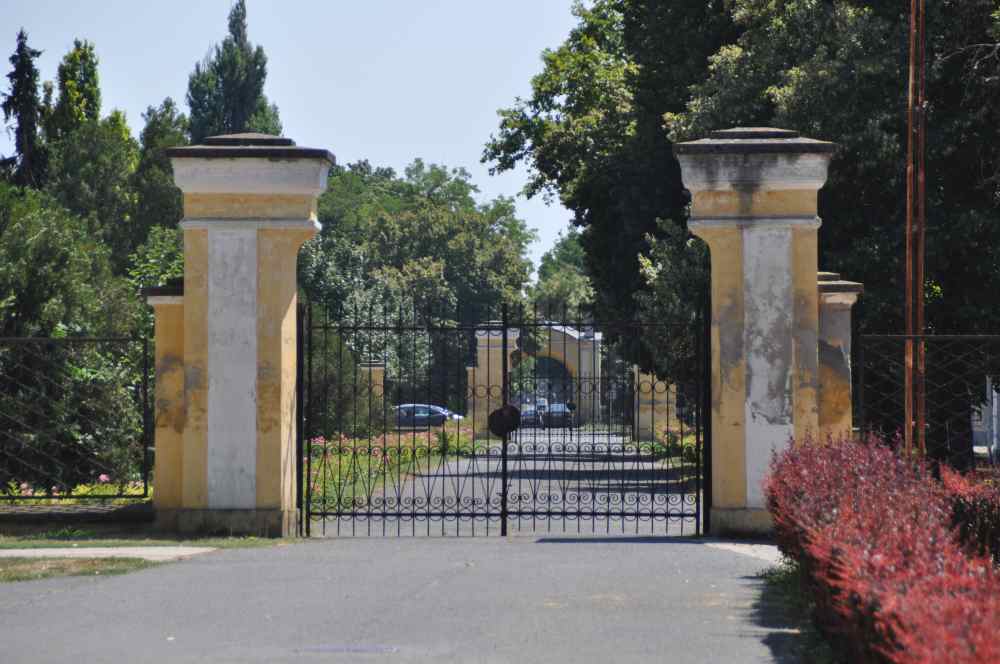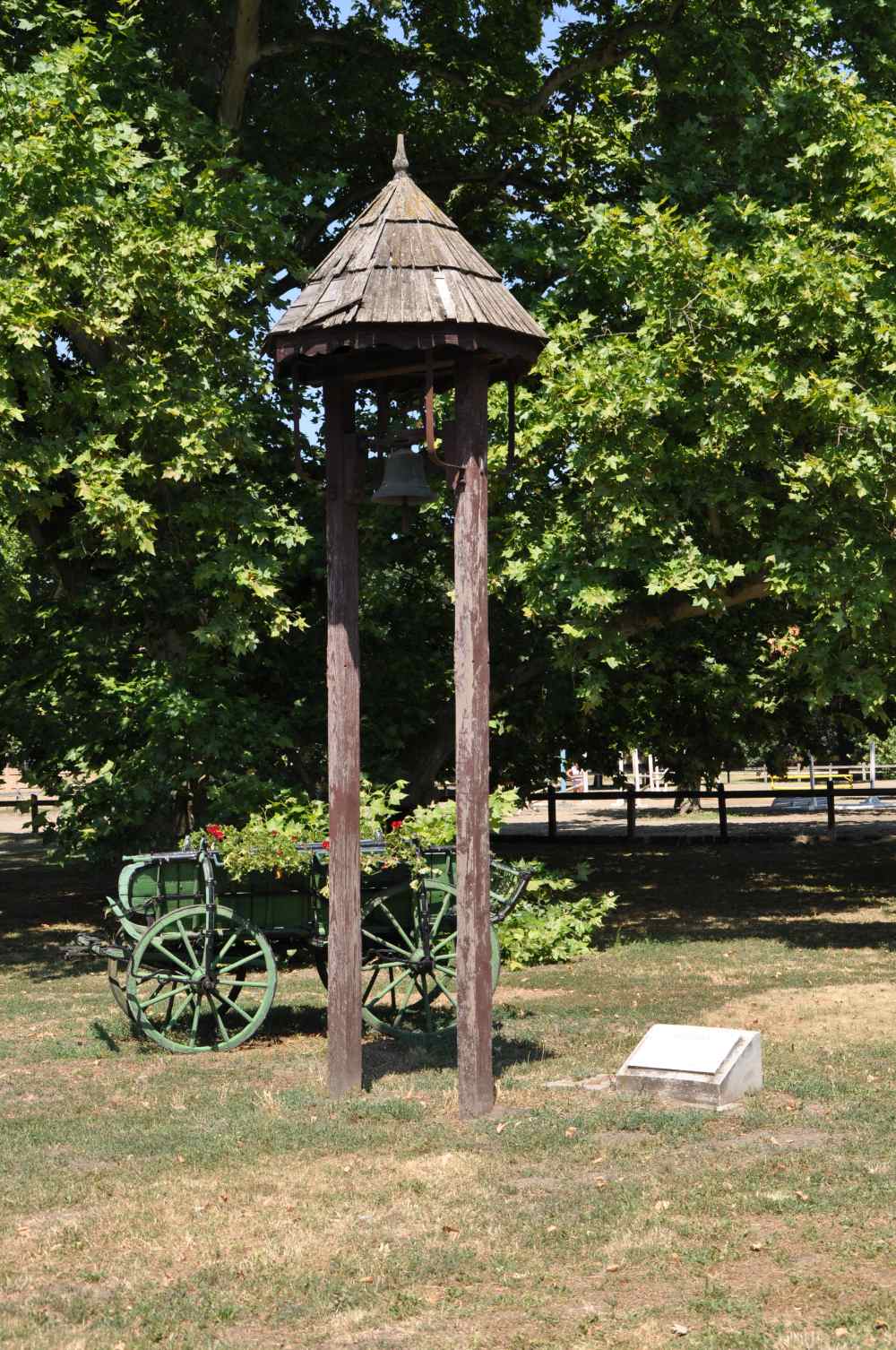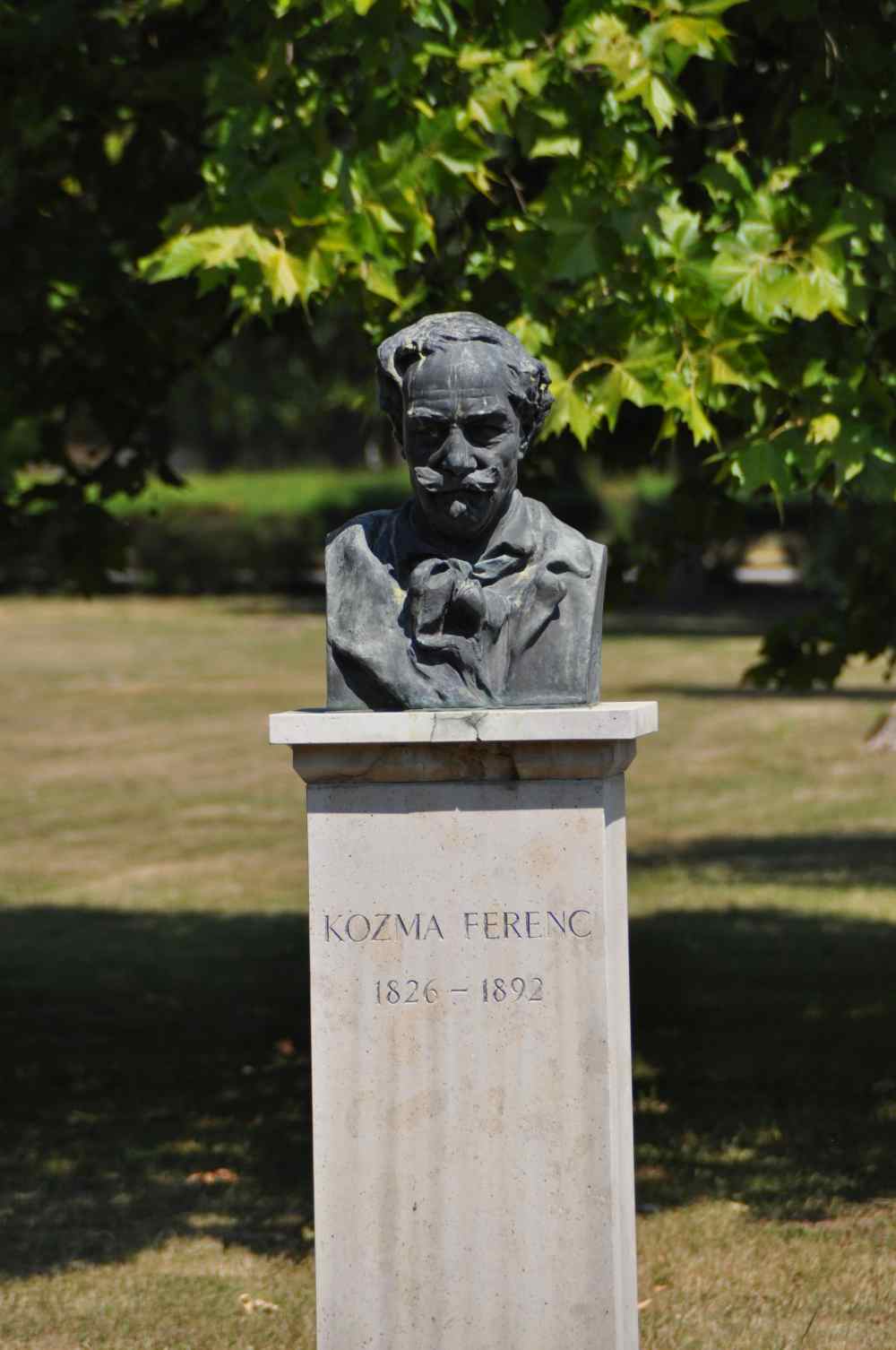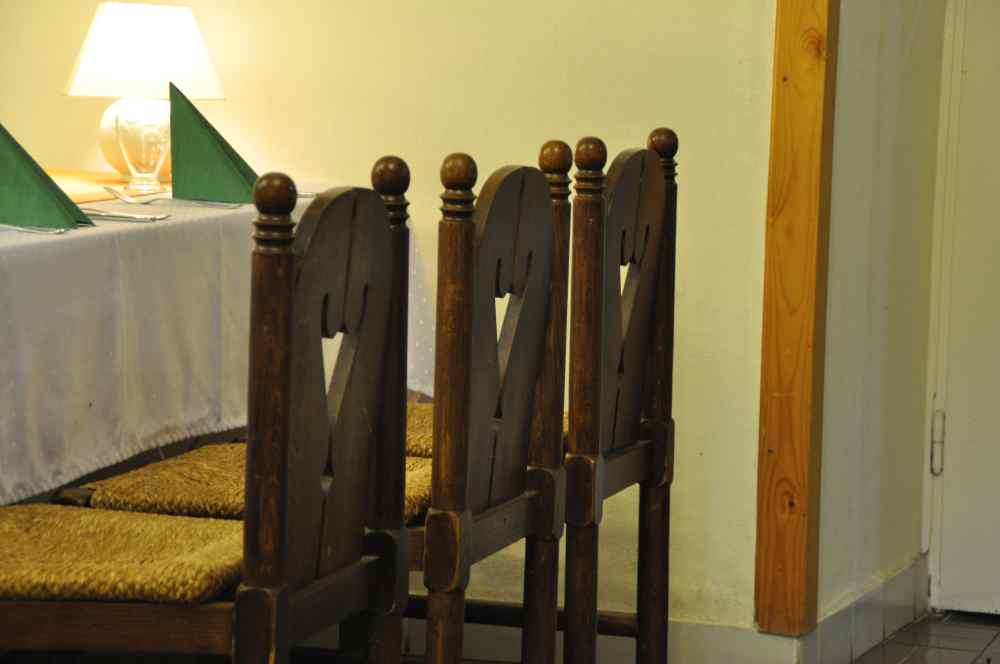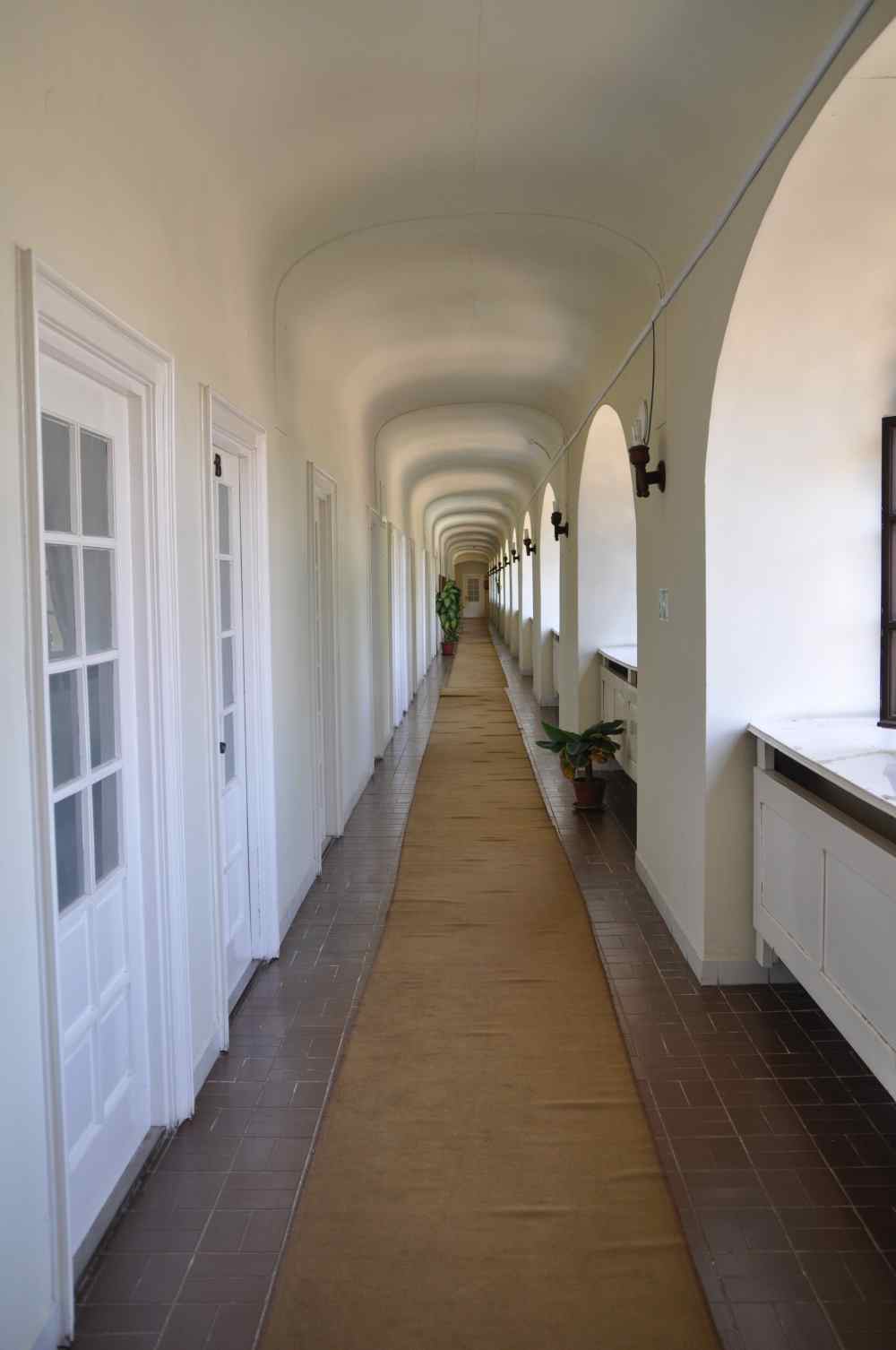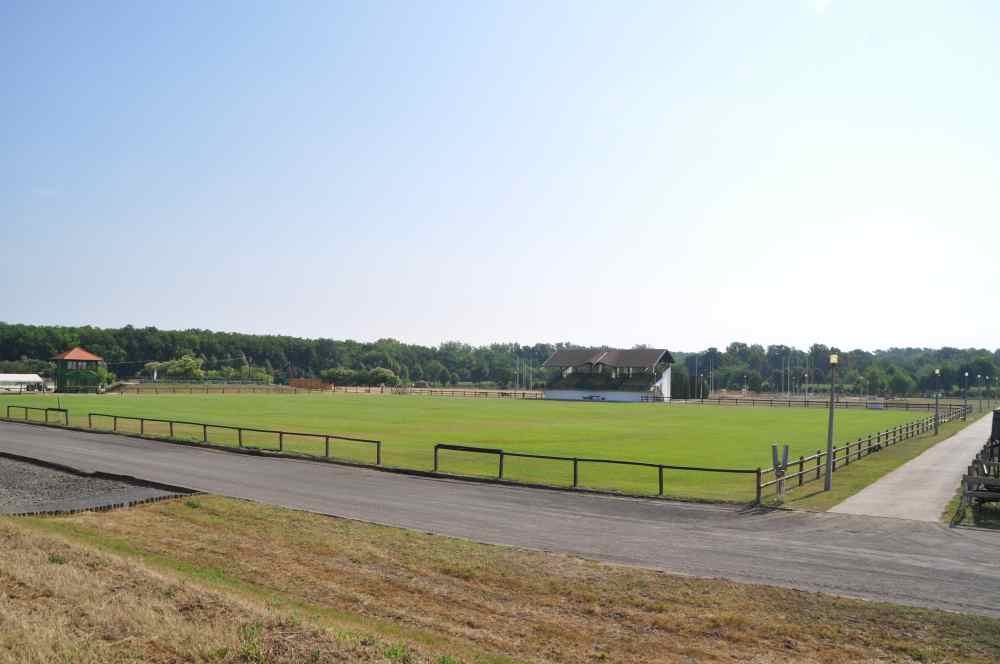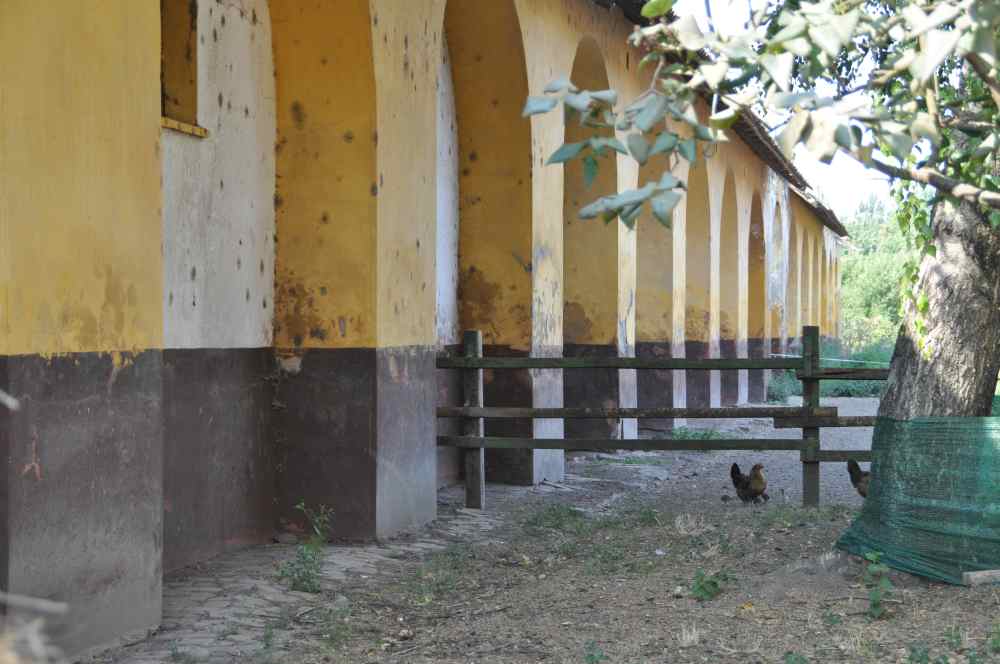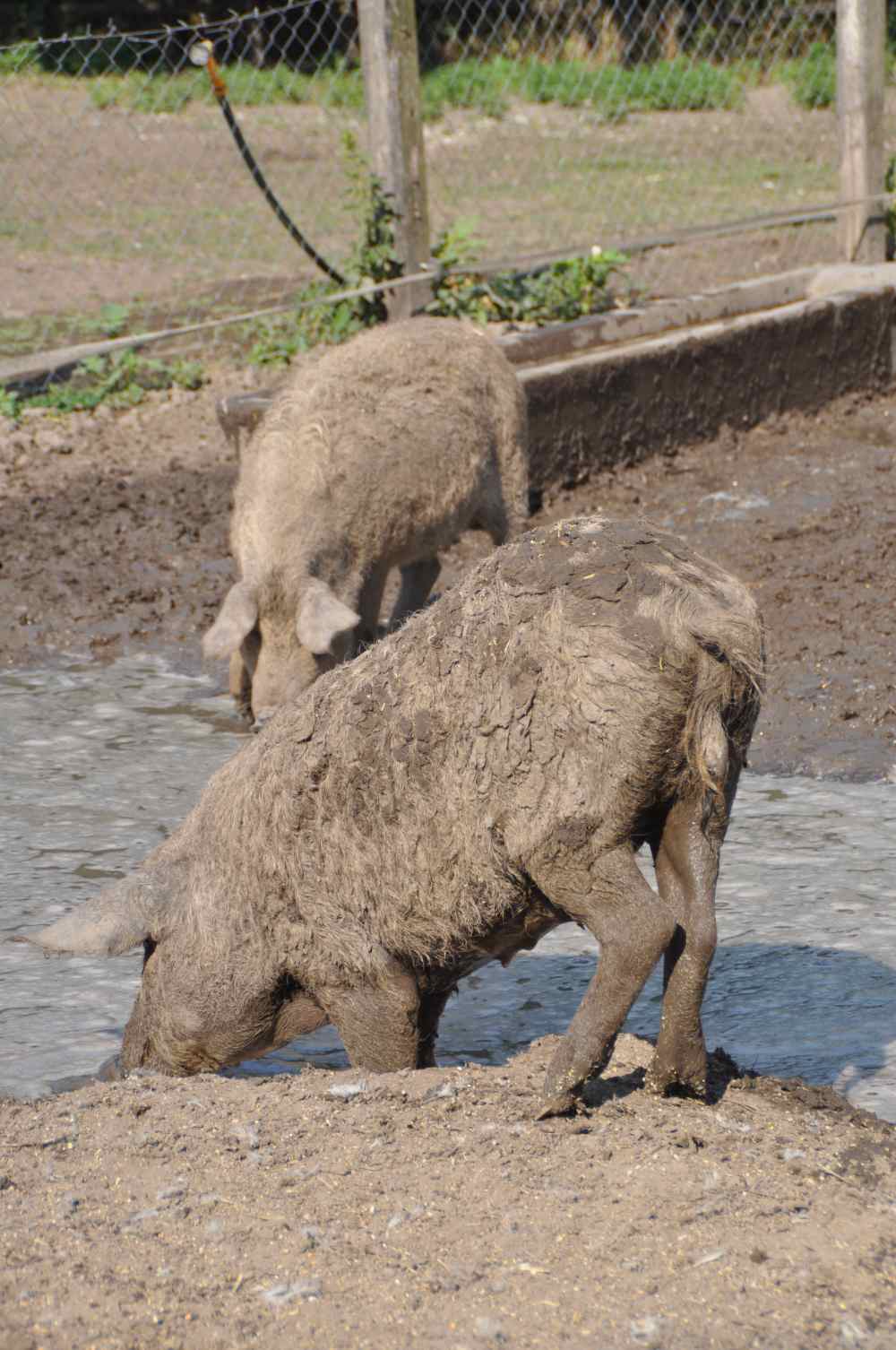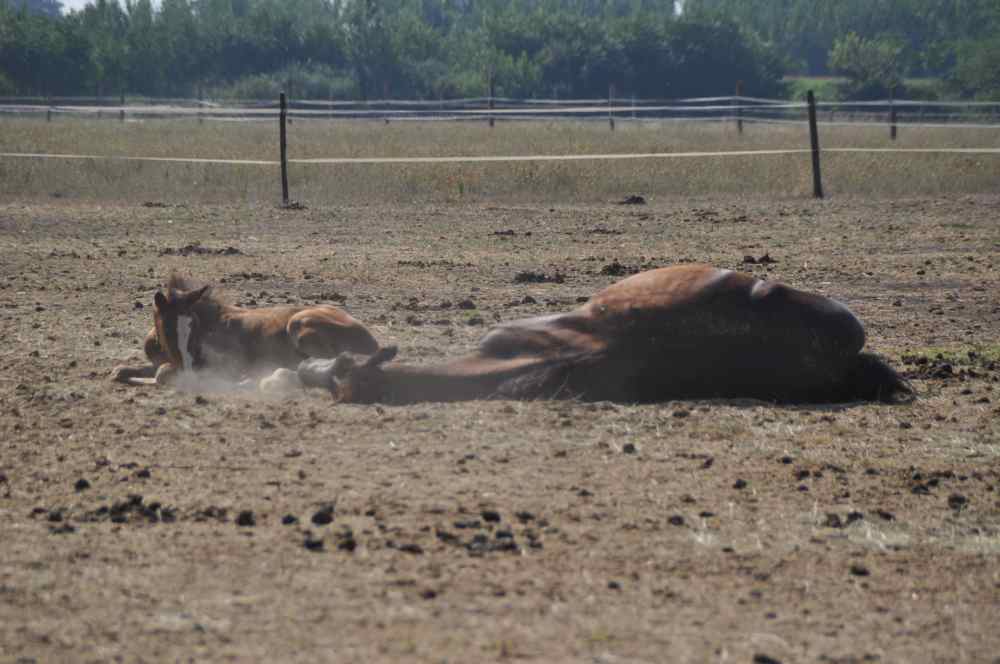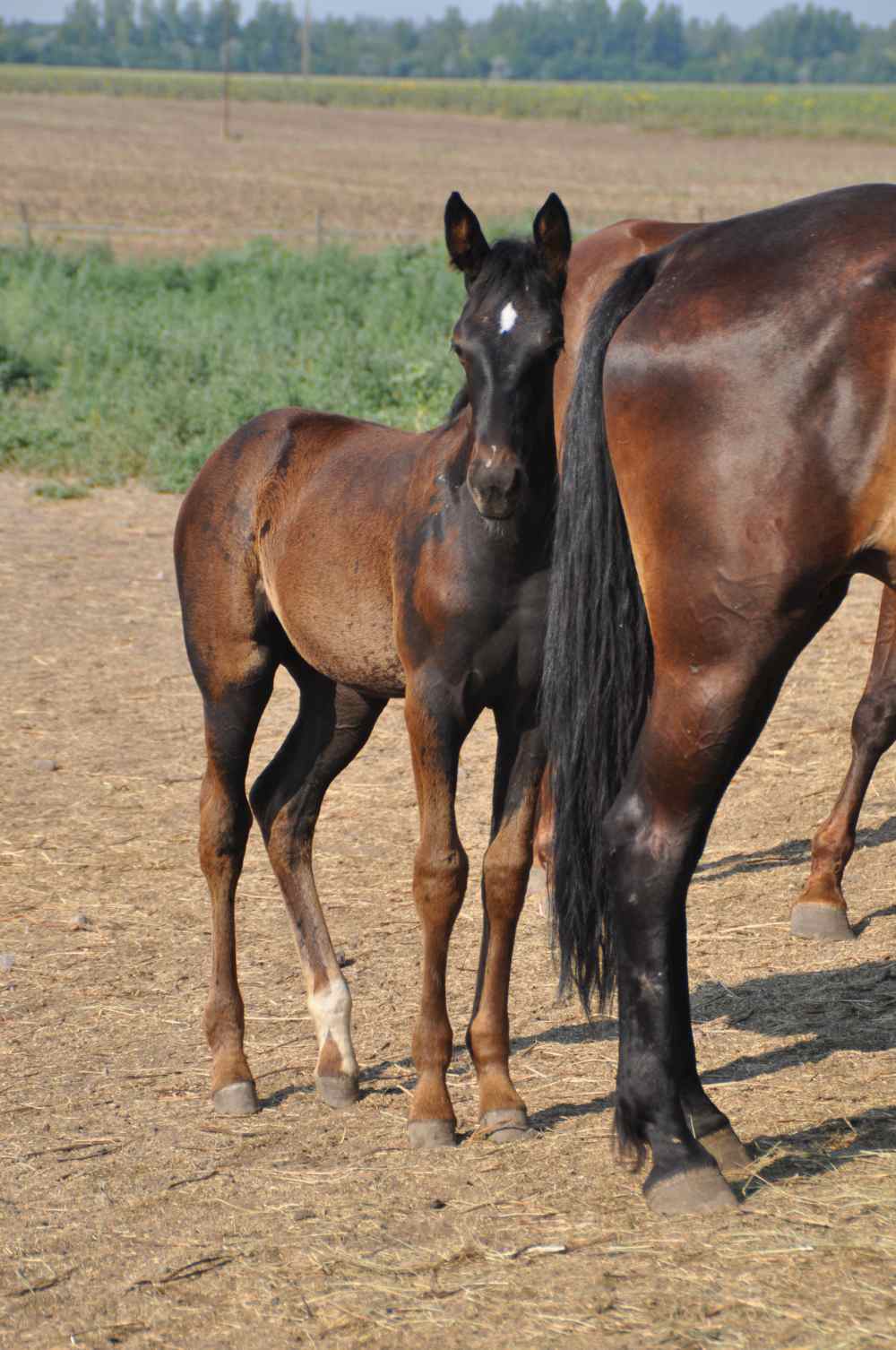State Stud Mezöhegyes
In the very Southeastern Hungarian lowlands, not very far away from the Romanian border you can find the oldest and most important State Stud of Hungary.
It is one of oldest Stud farms in Europe and was founded in 1785. Joseph II, Emperor of Austria and King of Hungary ordered the founding of a military horse stud in order to supply the army with young war horses. Mezöhegyes developed as an important base for those young horses, for trading and as “base-store” for the army. The breeding foundation consisted of 126 Moldavian, 79 Circassian, 9 Hungarian and 148 Holstein mares. Stallions came from Hungary, Transylvania, Holstein, Mecklenburg and England.
Since Mezöhegyes ceased as an army base in 1814, it started to concentrate on breeding, but until 1850 there was no bigger plan behind that.
Earl Hardegg, who succeeded Józef Csekonics' 20 years service leading the stud, was the one who brought more discipline into the breeding program. This discipline brought to Hungary three very well known breeds today in Hungarian horse breeding history. The Gidran horse, Nonius and Mezöhegyes halfblood (which consists of Furioso and North Star blood). Due to poor sanitary conditions 20.000 horses died between 1809 and 1816 because of glanders, which was not fully eliminated until 1853.
After the settlement between Austria and Hungary in 1867, Mezöheyges became part of the Hungarian treasury. This National Stud is one of few studs where you could find four different breeds. In 1869, Thoroughbreds were moved to Kisber, the Lipicans to Fogaras and the Arabian horses to Babolna. In 1962 Furioso-North Star breeds were moved to Apja-Puzta. The Hungarian Lipica breeding brought to “own” “clans”: Tulipan, Iniciato, and the Maestoso( All Maestoso nowadays can be tracked back to Maestoso II from Mezöhegyes)
At the turn of the century, Mezöhegyes was one of the biggest and modern agricultural estates in Europe. It was more than 100 years old and had approximately 16.040 hectares of land.
Right up until the Second World War it was developing continuously. After the war, Mezöhegyes lost its cattle, machines and all of its supplies. The reconstruction lasted until the 1960's needing support to start from scratch.
After political and economic changes in the agricultural sector in Hungary the financial situation was pretty bad. In 1991 and 1992 Mezöhegyes, which now included the state factories Dombegyház, Bánkút and sugar processing factories, had its highest deficits since its establishment. In December 1992 it was changed to a capital company which was mainly owned by the state.
With this change they started to grow crops, invested in milk- and corn production. The Horsebreeding sector decreased, having only a secondary role. In 2004 the company was fully privatised which led to the fact, that the stud and the agricultural sector were separated.
After 220 years in the hands of the state, most parts were privatised, except the Stud itself. They established “Mezöhegyes Ltd”, which had only one function: Concentrate on the horses and the Stud. Breeding horses and preserving the historical buildings where the first Hungarian horsebreed was bred – Nonius. Its main purpose is to preserve this breed and to secure it for future generations.
After 18 years of breeding Mezöhegyes sporthorses, the Hungarian Olympic team achieved 4th place in Moscow 1980. All the horses from the team are originated from the Mezöhegyes sporthorse.
In the middle of this fantastic estate you can find the historic riding hall. It was built in 1806 and has been preserved ever since. In the former barracks you can now find a hotel which also belongs to the Stud.
(04.09.2016)
